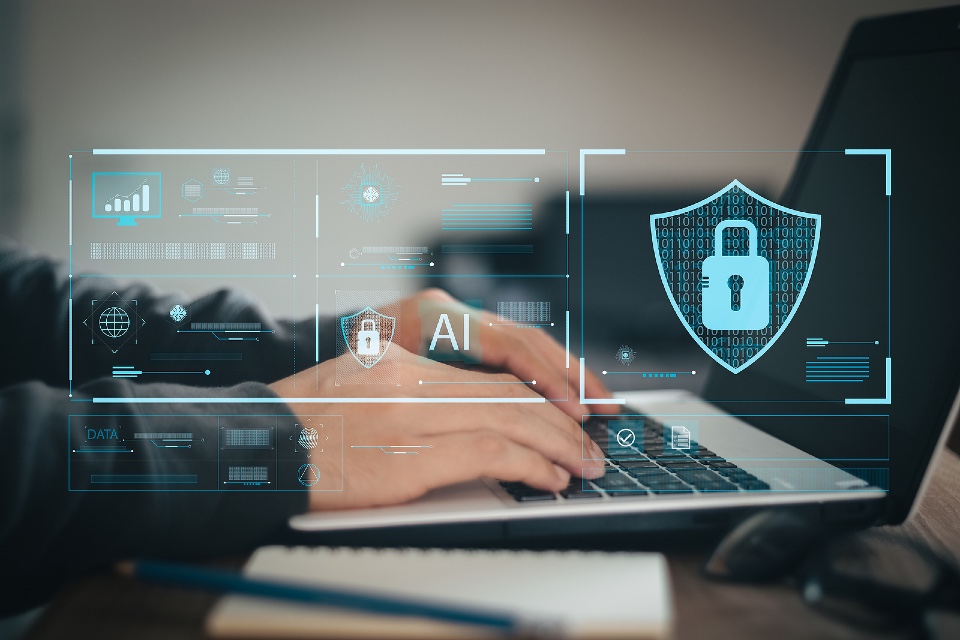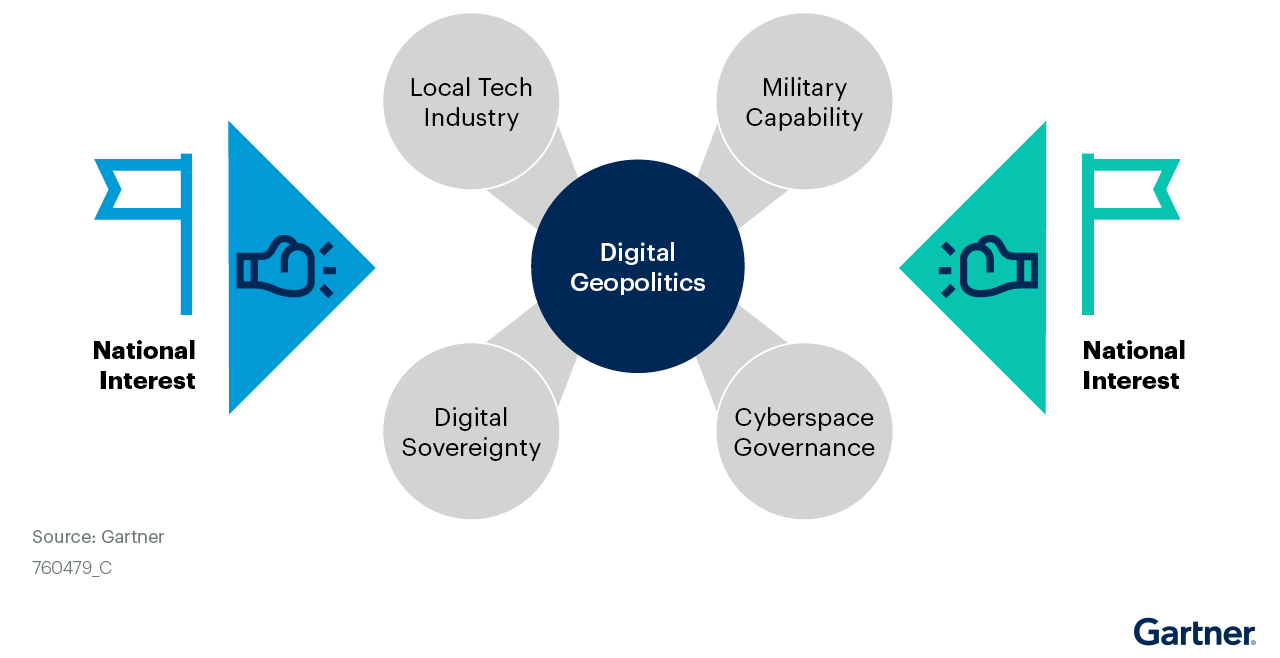Top 5 crypto cyberthreat statistics of the last year
https://cybersecureforum.co.uk/wp-content/uploads/2022/10/bitcoin-2007769_1280-2.jpg 960 640 Stuart O'Brien Stuart O'Brien https://secure.gravatar.com/avatar/81af0597d5c9bfe2231f1397b411745a?s=96&d=mm&r=g#4 Blockchain.com, Luno, and Cardano are the top-most phished crypto projects (Source)
One of the phishers’ favorite tactics is impersonating well-known brands, and cryptocurrency brands are no exception.
Out of all cryptocurrency service brands, the website of Blockchain.com was the most commonly spoofed. The brand had 662 phishing websites in the last 90 days (till June 22, 2022). Blockchain.com is followed by the crypto investing app Luno, with 277 phishing pages, and proof-of-stake blockchain platform Cardano with 191.
#5 DeFi-related hacks accounted for 76% of all major hacks in 2021 (Source)
Decentralized finance (DeFi) is a system that enables the availability of financial products on a public decentralized blockchain network. Buyers, sellers, lenders, and borrowers can interact peer-to-peer through DeFi instead of going through intermediaries such as banks or brokerages when arranging transactions.
The Atlas VPN team found that DeFi-related hacks made up 76% of all major hacks in 2021. Furthermore, hackers stole $361 million from DeFi projects in the first half of 2021, which surpasses losses from 2020 by 180%.











